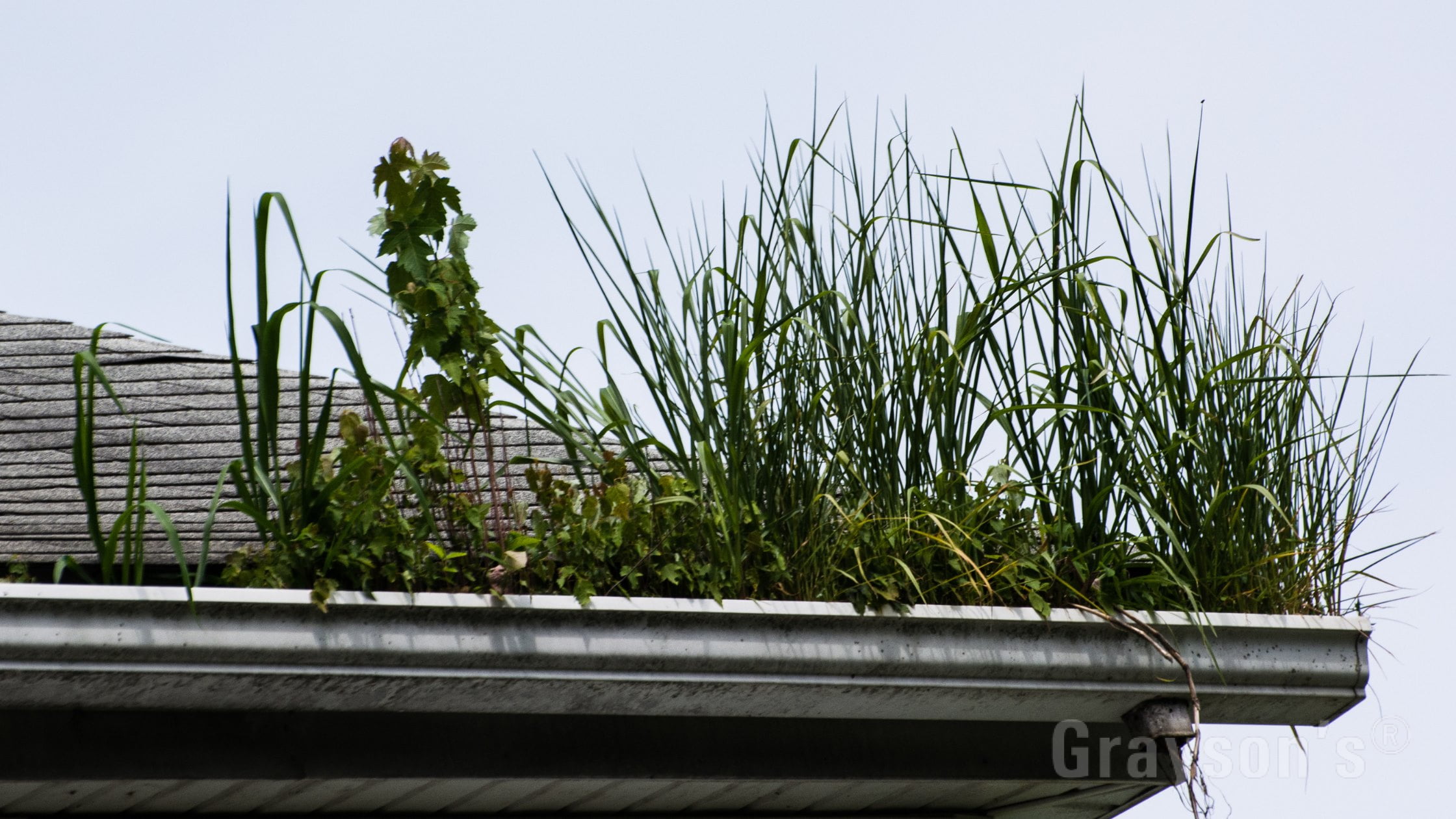Understanding Gutter Pitch and how it Affects your Roof
If you don’t work in the roofing or gutter industry, you may not have heard the term ‘gutter pitch’ before. What a lot of homeowners don’t realise is that when it comes to properly maintaining gutters, especially in leafy areas that receive frequent rain, gutter pitch is very important. So, what is gutter pitch and what is the correct pitch for roofs and gutters? Let’s find out…


What is gutter pitch?
If you take a very close look at any properly installed gutter, you’ll notice that they are almost always at a slight angle or a slope. There will be a ‘high point’ and a ‘low point’. We refer to this angle or slope as the gutter pitch.
Gutter pitch is determined through measurements and equations that use the various distances between the high point and low point, the length of the gutter and the distances from the ground to the high point and low point.
When we talk about gutter pitch, we generally refer to it as a degree angle. But to put things into simple terms, the height of the gutter should slope down towards the downpipe at a rate of about 5mm to 10mm for every 3 metres in length of gutter (about ¼ to ½ an inch for every 10 feet length of guttering) The actual pitch of the gutter should be gradual, so that the house still looks aesthetically pleasing. If the gutter slopes by anymore than about 8 degrees, it will be quite noticeable.
What pitch should gutters be?
The recommended pitch for Australian gutters varies according to certain factors like the gutter or roofing measurements and even the area in which the property is located. There are also governing bodies that have set specific Australian standards for gutter pitch that must be followed.
So, there’s really no one specific answer as to what is the correct pitch for gutters, but there is good reasoning behind ensuring gutters are installed and maintained at the right pitch for each individual property. Try placing a spirit level up against your gutter, ideally the bubble should be just off centre (like in the photo above)


What is the importance of having proper pitch for gutters?
It all starts with gravity. Water simply cannot flow uphill and has trouble moving on a straight line without external propulsion. It’s also difficult to control and guide the flow of water if it’s falling at a high rate on a very steep slope. Determining the best gutter pitch is about finding the perfect angle for large amounts of water to flow in a controlled way, while using gravity to assist in keeping an even flow.
Understanding the concept of gutter pitch is essential for homeowners and contractors to maintain the overall health and durability of the roof and the entire building.
What are the downsides of having a blocked & incorrectly pitched roof gutter?
Gutters that are not pitched correctly in the first place are at higher risk of blockages occurring. If the gutter pitch is not at the correct measurement for a particular property, there can be quite a few issues that happen as a result.
These issues can include:
Gutters that are full of debris like leaves, sticks, nests, silt/soil, plant matter, trees and other items such as tennis balls or rubbish can often become weighed down, causing permanent warping or other damage that can directly affect the slope of the gutter.
Blockages can affect the correct path of the water flow, also leading to permanent damage or warping, especially with heavy rainfall.
Over time, if the gutter pitch isn’t corrected, the damage can extend to not only the gutters themselves, but to the roof, the structural elements like walls and ceilings, and on to the foundations of the building. Ensuring you have the proper pitch for gutters on your property will help to significantly reduce the risk of costly repairs.


How to take full advantage of the recommended gutter pitch for your property
If you are certain that your gutter is already pitched properly, it still requires regular cleaning in order to maintain the angle. As mentioned above, the best way to preserve the integrity of your gutter pitch is to make sure it doesn’t get weighed down by blockages of any kind.
To reduce the need for frequent cleans and give you a higher level of peace of mind, a Leaf Guard can be installed. Leaf Guards are super helpful additions to a gutter system for plenty of other reasons as well.
How to repitch a gutter
If you think your gutter may need to be repitched, please let us know next time we visit your home for a gutter clean and we will give you our honest opinion about the issue. Grayson’s Gutter Cleaning technicians have been trained to identify gutter pitch issues while carrying out their jobs. Every week we find gutters that are filled with water and not draining, in this instance we must often recommend an extra downpipe be installed.
If we identify an issue with your gutter pitch or water stagnating, we will let you know so you can get in touch with a plumber to rectify the problem.
Please do not hesitate to voice any concerns you may have in relation to your gutters. The sooner we can identify and fix any gutter related issues, the less chance there will be of you having to fork out for expensive repairs to your home.
If you’re in need of a gutter clean or Leaf Guard installation, give us a call on 1300 GRAYSONS (1300 472 976) and we’ll quote you up and book you in!












